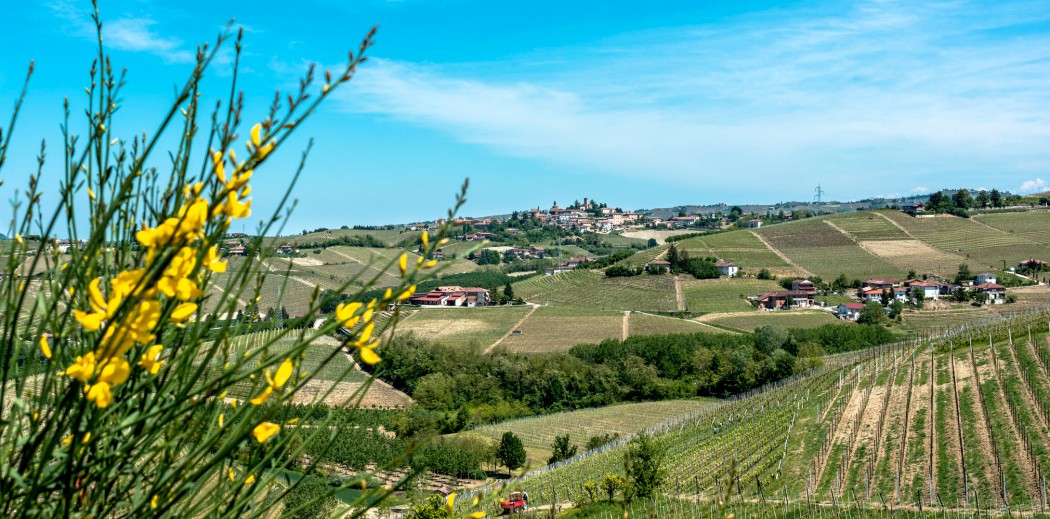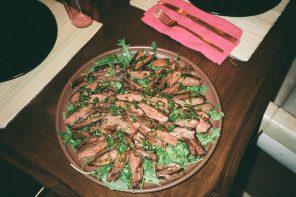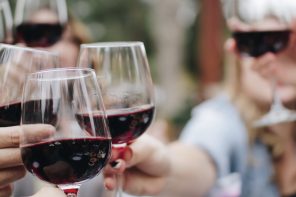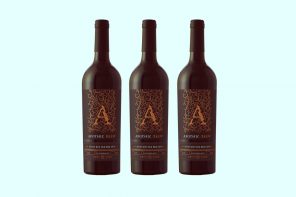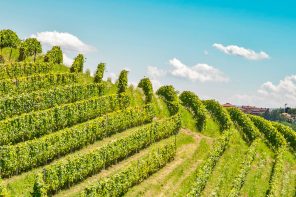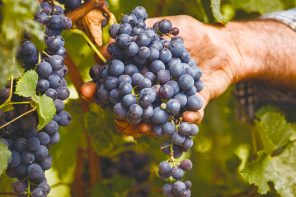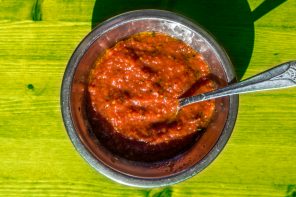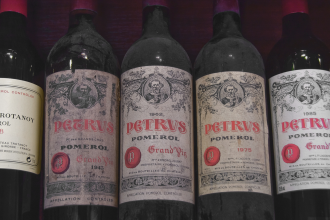If Barolo is Piedmont’s ‘king,’ then Barbaresco is definitely its queen. Both wines are undoubtedly the crown jewels of Italy’s northwestern vino-producing mecca, crafting gorgeous wines full of spicy red fruit flavors. While we definitely would never turn down the chance to drink Barolo, it isn’t exactly the most cost-efficient way to go about your wine-drinking habit. Thankfully, the answer lies in Barbaresco.
Barbaresco wines are made within three communes: Barbaresco, Neive and Treiso. The region was officially granted its DOC status in 1966, making it one of the OG designated appellations of Italy. The appellation was bumped up to DOCG level 12 years later, making it one of only 74 highly regarded appellations in the country.
As per DOCG standards, Barbaresco wines must age for a minimum of two years, one of which must be in oak. For riserva level wines, the minimum aging requirement is four years, however, most bottles require at least five years of aging for enjoyable drinking due to Nebbiolo’s astringent tannins; though once these tannins have softened up, the bottles are incredible, brimming with flavors of red cherry and truffle, speckled with floral, rose petal undertones. Earthy, tar-like nuances develop over time, and while this may not immediately sound appealing, we assure you it’s definitely worth the wait.
Unlike Barolo’s 11 communes, which present more distinct variations from region to region, Barbaresco’s three communes share similar climates and soil types, making the wines more regularly similar amongst the various areas. Soils in Barbaresco are composed of calcareous marl across Barbaresco, Neive and Treiso.
The namesake commune of the wine, Barbaresco, is responsible for nearly half of the appellation’s production. In Neive, Nebbiolo is outnumbered by Barbera, Dolcetto and Moscato, though the wines it does produce from Nebbiolo are bold, tannic and bona fide powerhouses. About 30 percent of Barbaresco production comes from Neive. Treiso wines are the lightest and brightest of the bunch, accounting for about 20 percent of Barbaresco production.
Though crafted from the same grape as Barolo, the differences between said appellation and Barbaresco are pretty apparent. Only 10 miles separate the two regions, though the contrasts between the wines are distinct. Barbaresco endures a more maritime climate, permitting grapes to ripen earlier and spend less time macerating. The minimum aging requirement is less, thanks to the less astringent tannins in Barbaresco, meaning the wines can be consumed sooner. The final result? Gorgeous, cherry-flavored reds, rounded with notes of dried flower and spice. Pairs gorgeously with game, truffle-based dishes and hard cheeses. Is your mouth watering yet? We don’t blame you.

